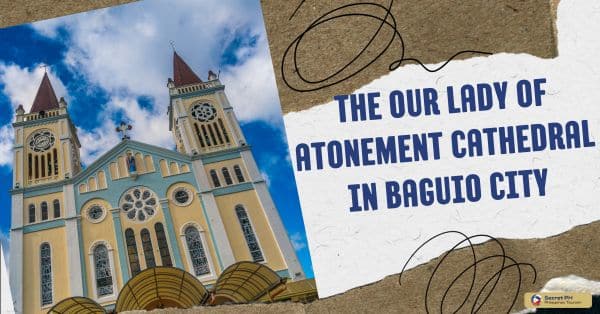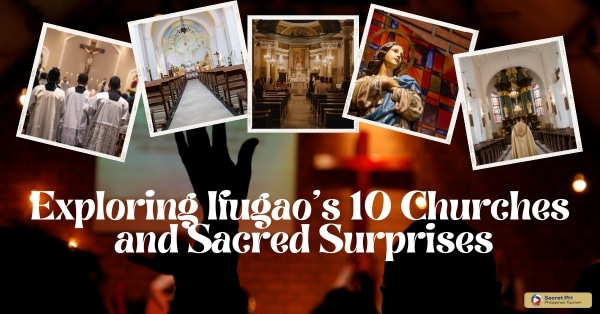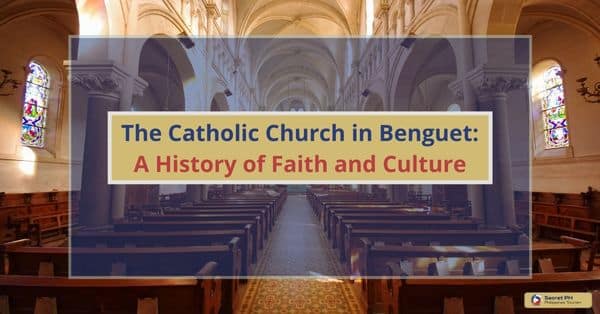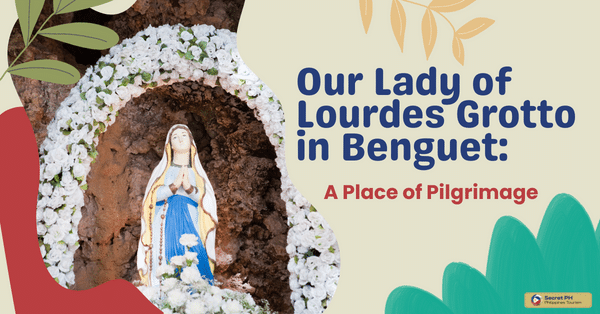The San Agustin Church in Manila is a stunning building steeped in rich history. Constructed by the Augustinian priests at the beginning of the 17th century, it was considered one of the oldest churches in The Philippines.
San Agustin Church in Manila is a cultural treasure and holds great significance for the Philippines’ history, religion, and culture. It has undergone numerous restoration and preservation efforts, including post-World War II restoration, National Historical Landmark designation, and ongoing preservation efforts. These efforts have helped to ensure the survival and continued maintenance of San Agustin Church, preserving the rich cultural and historical heritage of the Philippines.
It has also been recognized as a UNESCO World Heritage Site for its breathtaking beauty. Located on General Luna Street, visitors have the opportunity to explore this ancient church and appreciate its beautiful legacy.

History of San Agustin Church in Manila
San Agustin Church, located in Intramuros, Manila, is one of the oldest stone churches in the Philippines. It was built by Spanish friars of the Order of St. Augustine in the late 16th century and completed in 1607.
It is the only stone church in the Philippines that has survived the numerous wars and natural disasters that have affected the country over the centuries.
During the Spanish colonial period, the church served as a center of religious and cultural activities for the Spanish community in Manila. During World War II, it was heavily damaged but was later restored and declared a National Historical Landmark in 1976.
Today, San Agustin Church remains one of the most well-preserved examples of Spanish colonial architecture in the Philippines and is a popular tourist destination in Intramuros.
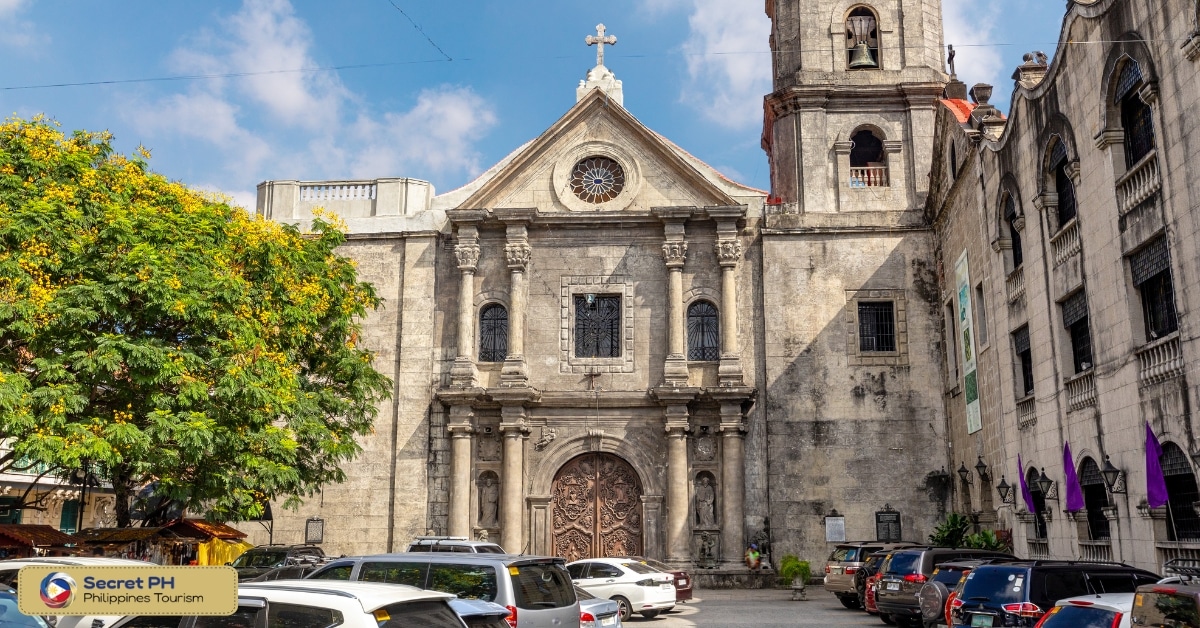
Architecture of San Agustin Church in Manila
San Agustin Church in Manila is a prime example of Spanish colonial architecture in the Philippines. The church is made of stone, with intricate carvings and details, and features a combination of Gothic and Renaissance styles.
One of the unique features of the church is its façade, which is adorned with intricate carvings of biblical scenes and symbols. The doorway is particularly notable for its carved stone columns, ornate archways, and life-size saints.
The church also has two bell towers, one on each side of the entrance, which is adorned with spires and small balconies.
Inside the church, the high, ribbed ceiling is supported by ornate columns, and the walls are adorned with paintings and sculptures. The church’s wooden choir stalls, carved in the 16th century, are among the oldest in the Philippines. The altar is made of marble and is adorned with gold and silver carvings.
San Agustin Church is an excellent example of Spanish colonial architecture in the Philippines, showcasing the artistic and architectural skills of the Spanish friars who built it.
The church remains one of the most well-preserved examples of Spanish colonial architecture in the Philippines and is a testament to the rich cultural heritage of the country.
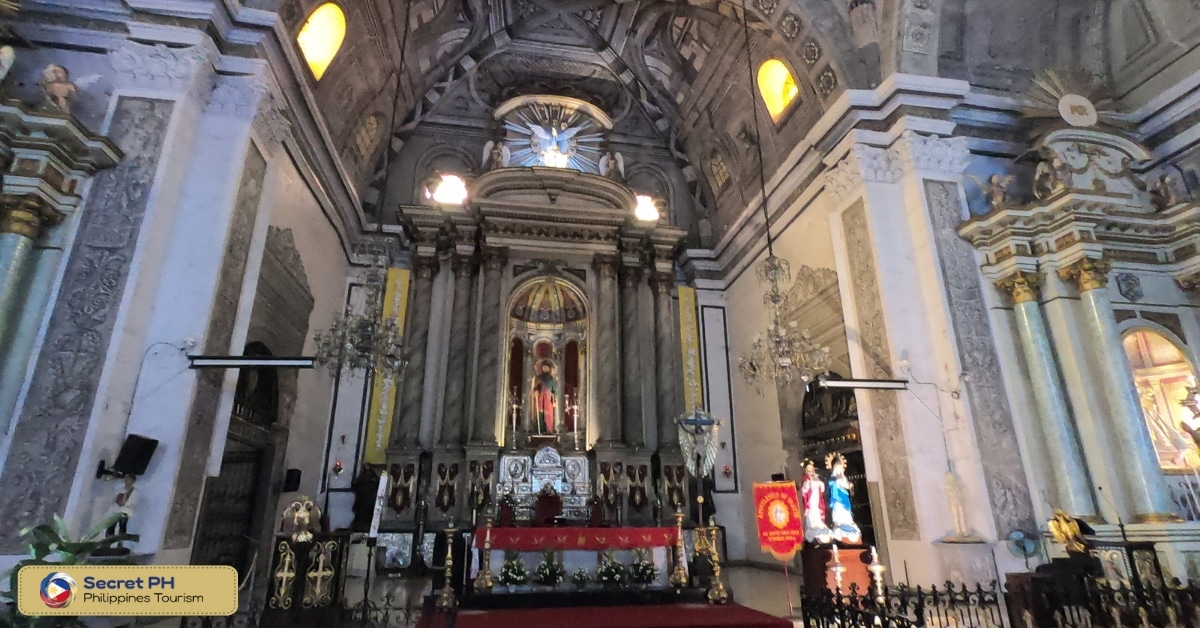
Art and Sculpture
San Agustin Church in Manila is renowned for its rich collection of art and sculptures. It reflects the religious and cultural heritage of the Spanish colonial period in the Philippines. The church’s interior is adorned with a variety of paintings, sculptures, and carvings, including:
- Murals: The church walls are adorned with large murals depicting biblical scenes and events, painted in the 19th century by Filipino artists.
- Sculptures: The church is home to a number of sculptures, including life-sized wooden saints, carved altarpieces, and ornate wooden choir stalls.
- Carvings: The church’s intricate stone carvings, including the façade and columns, depict biblical scenes, saints, and religious symbols.
- Altarpiece: The church’s marble altar is adorned with gold and silver carvings, including a large altarpiece depicting scenes from the life of Christ.
The art and sculptures in San Agustin Church reflect the rich cultural heritage of the Philippines and showcase the artistic and religious traditions of the Spanish colonial period.
Today, the church remains one of the most well-preserved examples of Spanish colonial architecture and art in the Philippines and is a popular tourist destination in Manila.
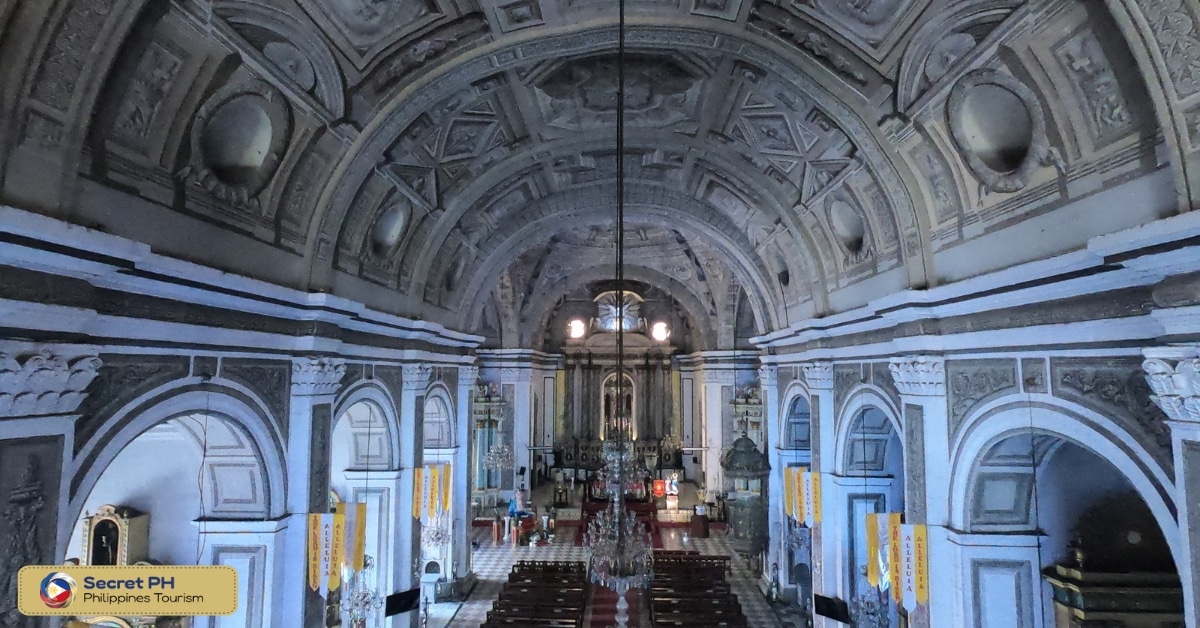
Cultural Significance
San Agustin Church in Manila holds great cultural significance for the Philippines. It is a testament to the rich religious and cultural heritage of the Spanish colonial period in the country. The church serves as a symbol of the close ties between the Philippines and Spain.
It became a reminder of the significant impact that the Spanish colonial rule. The church had an influence on the cultural and religious development of the Philippines.
Throughout its history, San Agustin Church has played a central role in the religious and cultural life of the Philippines. It was a center of religious and cultural activities for the Spanish community in Manila and served as a place of worship for generations of Filipinos.
Today, the church remains a popular tourist destination in Manila and attracts visitors from around the world who come to admire its architectural beauty and rich cultural history.
In addition to its cultural significance, San Agustin Church is also significant for its historical value. As one of the oldest stone churches in the Philippines, it is a testament to the resilience and perseverance of the Spanish friars who built it and is a reminder of the important role that religion played in the colonial period.
Overall, San Agustin Church is a cultural treasure of the Philippines and holds great significance. Not only for the country’s history, but also for its religion, and culture. Its preservation and protection are of utmost importance, as it represents a crucial part of the Philippines’ rich cultural heritage.
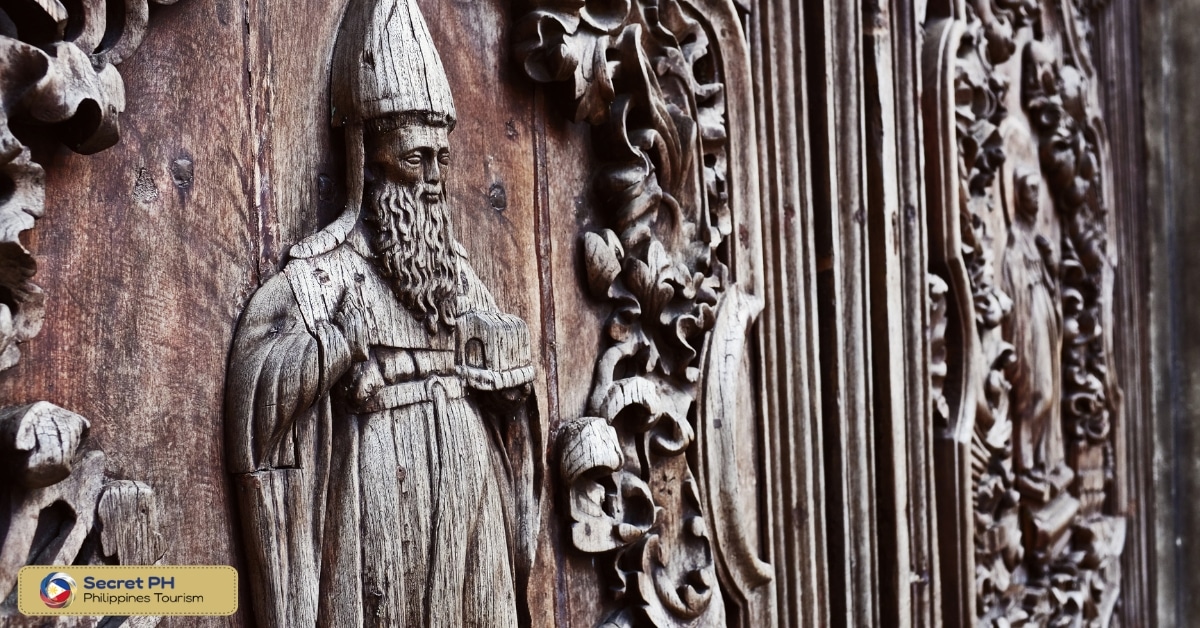
Restoration and Preservation Efforts
San Agustin Church in Manila has undergone numerous restoration and preservation efforts over the years. It ensures to continue its survival and maintenance. Some of the significant restoration and preservation efforts include:
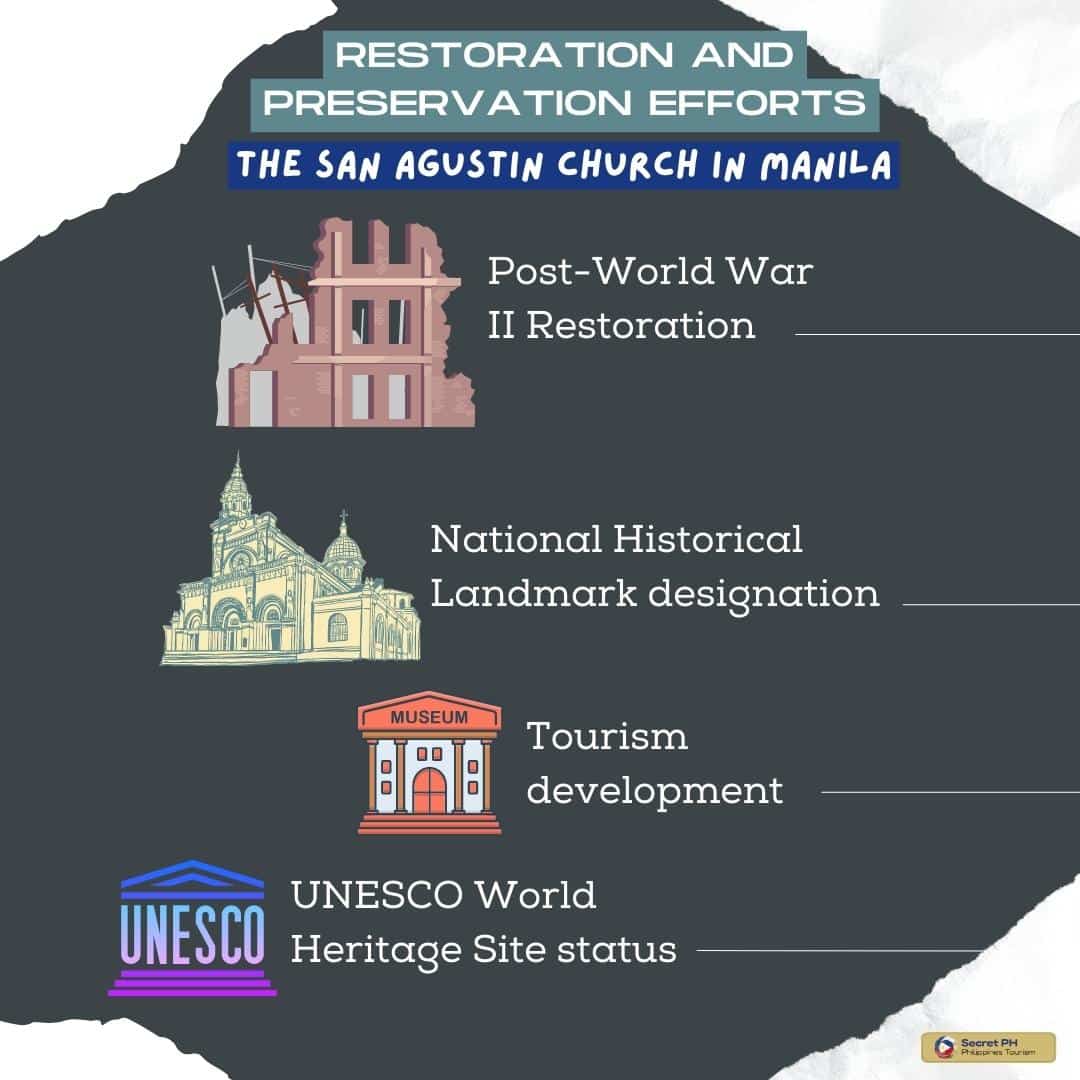
Post-World War II Restoration
After the church was heavily damaged during World War II, a major restoration effort was undertaken. This is to repair and rebuild the church to its former glory. This effort involved the reconstruction of the façade and bell towers. The other parts underwent repair and restoration of the murals, sculptures, and other artworks in the church.
National Historical Landmark designation
In 1976, San Agustin Church was declared a National Historical Landmark by the Philippine government. They ensure its protection and preservation for future generations.
In recent years, the church has undergone numerous preservation efforts. It includes the restoration of murals, sculptures, and other artworks in the church. It includes the repair and maintenance of the church’s stone walls, wooden beams, and other structures.
Tourism development
The church is a popular tourist destination in Manila. The Philippine government has made efforts to promote tourism to the church. It includes the creation of a museum and visitor center.
UNESCO World Heritage Site status
San Agustin Church, along with the walled city of Intramuros, was inscribed as a UNESCO World Heritage Site in 1993. It further solidifies its importance and highlights the need for its preservation and protection.
These restoration and preservation efforts have helped to ensure the survival and continued maintenance of San Agustin Church. It also helped to preserve the rich cultural and historical heritage of the Philippines.
The church remains a symbol of the country’s rich cultural heritage and a testament. This is for the resilience and perseverance of the Spanish friars who built it.
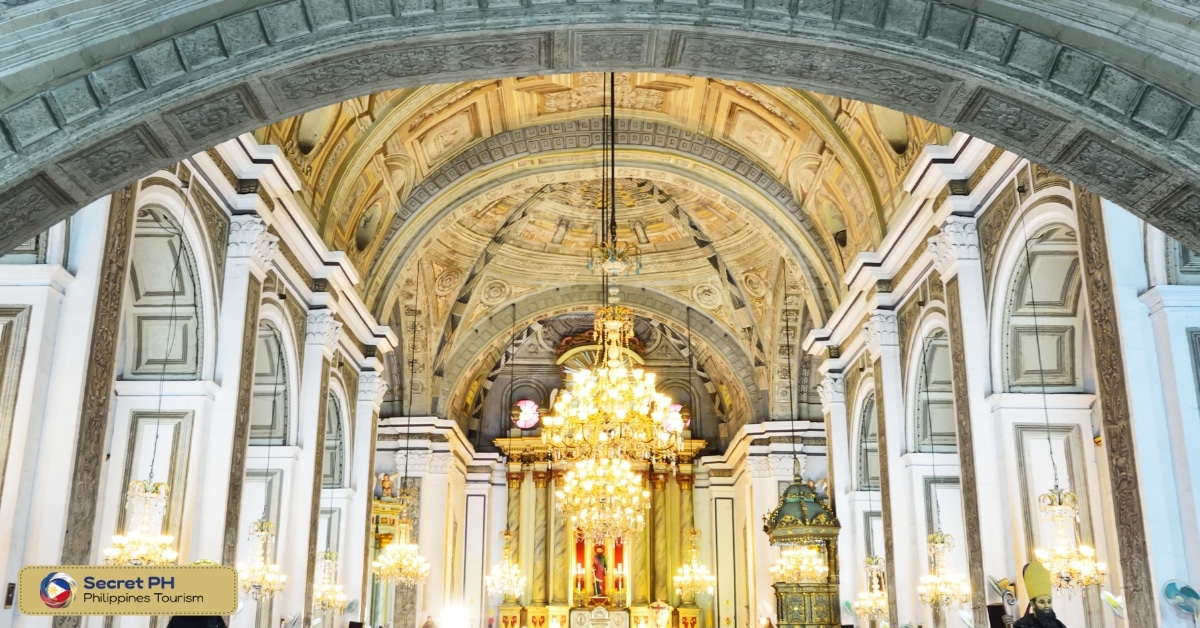
When To Visit San Agustin Church in Manila
San Agustin Church in Manila is open to visitors every day of the week. It is a convenient destination for those who wish to admire its architectural beauty and rich cultural history.
The best time to visit San Agustin Church is during the dry season in the Philippines. It lasts from November to April. During this time, visitors can enjoy clear skies and comfortable weather, making it easier to explore and appreciate the church’s many features.
The dry season is a popular time for tourists to visit Manila. It is an ideal time to experience the city’s many attractions, including San Agustin Church.
Visitors are encouraged to tour the church with a guide to get the most out of their experience and to learn about the history, architecture, and art of the church. Whether you are a history buff, an architecture aficionado, or simply a lover of cultural landmarks, San Agustin Church is a must-visit destination in Manila.
Address: General Luna St, Intramuros, Manila, 1002 Metro Manila
Phone: (02) 8527 2746
Opening Hours: 9:00 AM to 5:00 PM
For pictures and more information, click here.
If you want to visit this place, check the directions here.
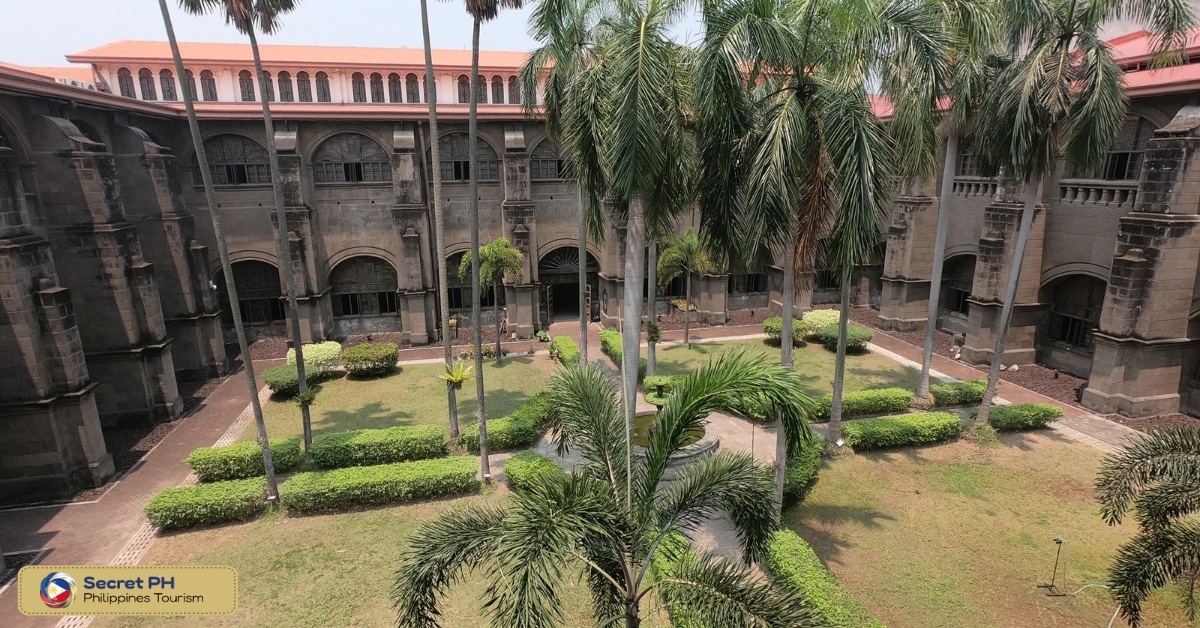
In conclusion
San Agustin Church in Manila is a sight to behold with its intricate Baroque architecture and art. It makes the church one of the most stunning churches remaining in the Philippines. It has been around for centuries, providing spiritual guidance to many and acting as a community gathering place.
Moreover, the church’s interior still remains well-preserved and highly detailed today despite this long history. The collection of religious sculptures serves as a testament to the culture and beliefs of the Filipino people.

